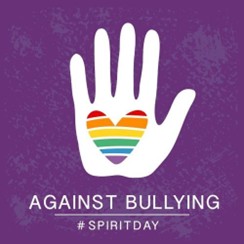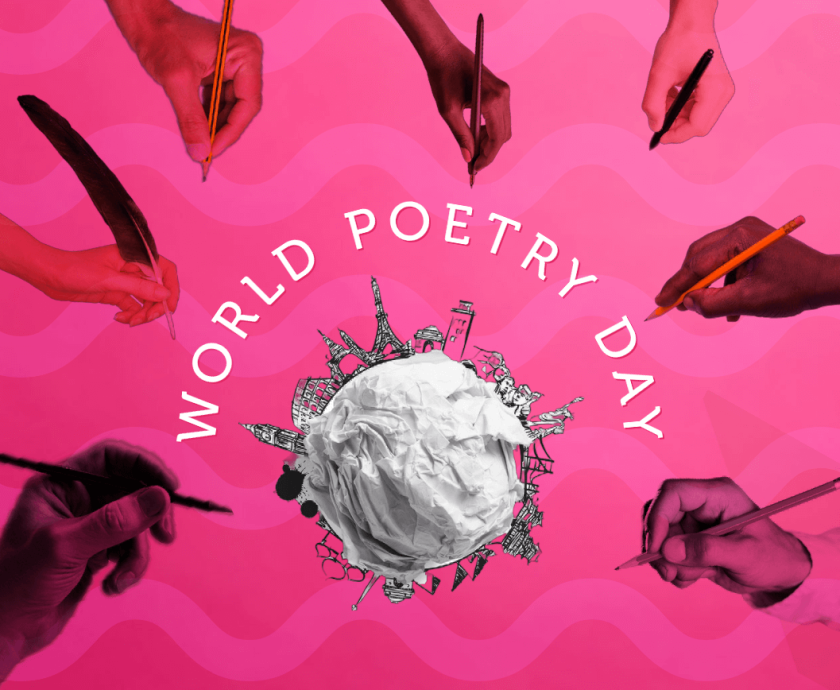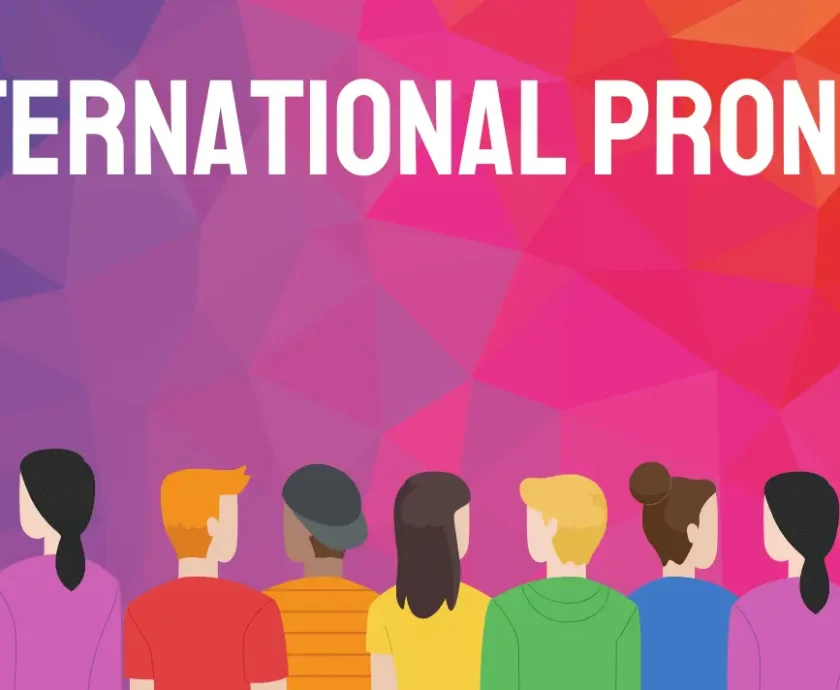
Every October, purple takes over. Landmarks across Canada are lit in violet hues.
School halls fill with purple shirts and ribbons. For one day, a single colour links millions
in a quiet act of solidarity. This year, Spirit Day falls on October 16.
In 2010, Brittany McMillan, a high school student in British Columbia, read about a
series of LGBTQ+ teen suicides in the United States. She wanted to create a way for
young people to see that they were supported and valued. Her idea was simple: ask
people to wear purple on a single day to stand against bullying. She posted the idea on
Tumblr, and it spread quickly. The colour was intentional. On the original rainbow flag
designed by Gilbert Baker, purple represents spirit.
From resistance to belonging
Spirit Day grew fast. Schools, workplaces and community groups across Canada took
part. Media networks adopted it. Landmarks like the CN Tower began to glow purple at
night. The day became a symbol of resistance against bullying and discrimination. It
also became a collective moment of visibility for LGBTQ+ youth and their allies.
Over the years, Spirit Day evolved. What started as an act of mourning and protest
shifted toward celebration, education and solidarity. Schools used the day to teach
about inclusion and queer history. Pride organizations wove it into community
programming. The message expanded from “you are not alone” to “you belong here.”
Each October, it now serves both as a reminder of the harm caused by homophobia and
transphobia and as a celebration of the communities that continue to grow despite them.
The power of purple
Purple has carried that evolution. A simple T-shirt or ribbon has become more than a
symbol. It’s a shared ritual that links generations. For older activists, it reflects decades
of struggle and resilience. For young people, it can be their first visible act of allyship or
identity. For everyone involved, it’s a way to hold history in the present.
A shared moment that endures
In Halifax, a teacher recalls the first time her students wore purple for Spirit Day. She
didn’t know how many would participate. That morning, she walked into a classroom full
of violet sweaters and homemade pins. Students had made posters about queer history and anti-bullying campaigns. “It felt like the room changed,” she said. “It wasn’t just
about wearing a colour. It was about claiming space together.”
That shared moment is what keeps Spirit Day relevant 15 years after it began. Each
purple light and piece of clothing honours the past while signalling commitment to the
future. It shows young people they’re seen and valued. It reminds communities that
belonging is built through action, not slogans.
This Spirit Day, remember that purple isn’t just fabric or light. It’s a living memory,
carried forward each time someone chooses to wear it.






